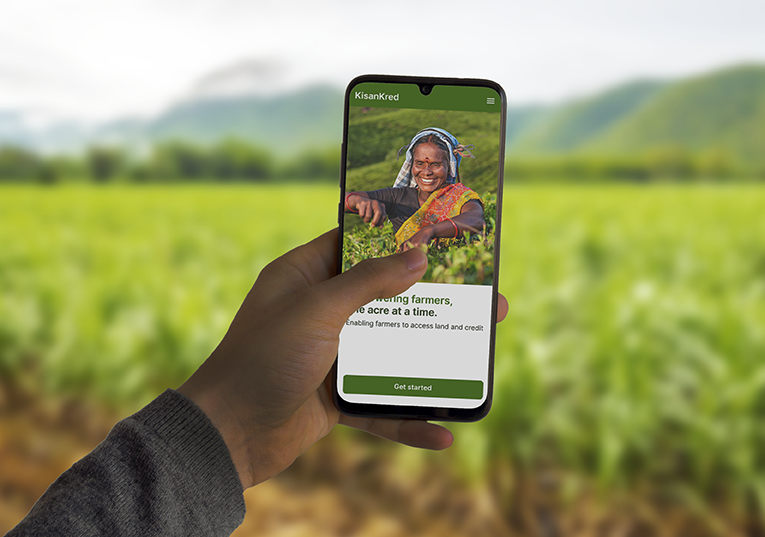From interacting with perceived users to translating research insights into visuals, the Design Thinking framework helps to distill insights from end-users and experts to the realised product. We’ve learned that for a successful product design cycle, it is crucial to validate your assumptions and hypothesis early on in the process. This is where prototyping has come to our aid.
At BRND, Prototyping has often helped us answer crucial questions like ‘Is there a need for this intervention?’ or ‘Is the solution usable?’. We leverage it as an instrument to validate our work’s usability. But often a question we have to answer for ourselves is, how do we prototype? Do we take on the exercise on paper? Do we go digital? What should be the fidelity of our prototypes? Taking these decisions early on and aligning all stakeholders helps our designers conduct the exercise efficiently.
A Prototype can vary from being high to low-fidelity in terms of visuals, content, interaction, command, or idea. It helps to think of fidelity in terms of a spectrum from high to low, instead of two binary extremes. In today’s fast-paced product design ecosystem, it can be overwhelming to decide what direction is best for your team.
Assumption: Measure fidelity by the time and effort put into a prototype.
Down below are a few questions that help narrow down how to go about prototyping:
What needs to be communicated or tested through the prototype?
While prototyping is a convenient way to collect feedback on your team’s work, it always helps to align internally on the desired outcomes of the exercise.
BRND Learnings:
🌥 Low-fidelity prototyping tends to yield better feedback when testing high-level concepts and more abstract ideas.
☀️ On the contrary, high-fidelity prototyping techniques help direct the feedback towards nuances like visuals or specific components in the product like button size, animations etc. and help observe more realistic user-product interactions.
Who are your test participants?
For testing your prototypes effectively, it is crucial to know who your participants are. Some products might call for more digitally literate participants, while some might need participants with less exposure to tech.
BRND Learnings:
🌥 When testing with low-fidelity prototypes, it helps to set the context for participants before testing sessions. They are often not used to interacting with interfaces that look half-baked and on unconventional mediums like paper, and it helps to set the expectations.
☀️ High-fidelity prototypes might call for participants who are tech savvy, so as to not run into hiccups with interpreting some universally adopted terminology.
What are the budget and time constraints?
It is crucial to respect business goals and deadlines while efficiently prototyping and testing.
BRND Learnings:
🌥 Low-fidelity prototyping is a relatively low effort, cheaper and a quick approach to testing product ideas with minimal risk.
☀️ High-fidelity prototypes, while cost more in terms of resources and time, give crucial insights into user behaviour.
What are the resources available to you?
Planning with the resources available to you can help avoid hiccups. For instance, think of how your prototype will become interactive. Are you going to have access to a developer, or will you need to prototype within a tool like Figma or XD? Consider the mode of testing. Is it online or offline? If online, what tools might be required to conduct the tests?
How much perceived influence do you want the testing participants to have over the prototype?
Participants tend to be more comfortable criticising prototypes when they look low fidelity or half done.
BRND Learnings:
🌥 Some Low-fidelity techniques also allow for participants to change things in a prototype in real-time.
☀️ High-fidelity prototypes on the other hand might intimidate them and make them feel like they have limited influence on the product.
Conclusion
Asking the right questions before taking on the prototyping exercise can help refine the outcomes. We hope these learnings from our experiences can help you and your team test ideas efficiently and build better products.


